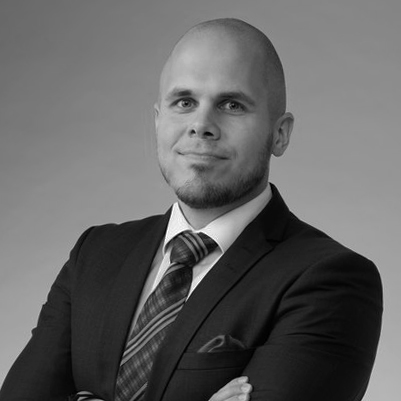This is the second part of a two-part article series where I discuss three topics:
- Defining, measuring and developing a strategic foresight capability
- Continuous strategic foresight: what & how
- Integrating continuous strategic foresight into continuous strategizing, i.e. strategic conversations and management
I had the privilege of presenting these ideas to a to a large audience of interested executives and experts at Capful’s breakfast seminar in Helsinki on the 8th of March 2023.
Continuous strategic foresight: what & how
Adopting strategic foresight as a continuous activity is an increasingly popular issue. Like when eating the metaphorical elephant, it is better to start with small bites. If the following, I will focus on a specific application area: developing the means to do strategic foresight for continuous strategic decision-making. Here, you apply the capability I talked about in my previous article.
Methods for continuous foresight are manifold, but the two main ways to generate futures knowledge are horizon scanning and environment monitoring. To many, monitoring and scanning sound like two sides of the same coin, but they have a distinct and meaningful differences. Monitoring takes the inside-out perspective to foresight: it is based on the strategic assumptions you’ve made about the future(s) of your environment that make or break your strategy. The idea is to monitor whether these assumptions are becoming true or not, and the drivers impacting their fate. In monitoring, the foresight work is scoped, whereas in horizon scanning, the purpose is much more about exploration and outside-in thinking – discovering and analyzing weak signals and emerging trends that might impact your organization’s performance. High-quality strategic foresight applies both methods.
Along with methods, continuous foresight requires a clear enough scope to ensure it does not become too open-ended. In addition, you need a process or a defined way of working with timed deliverables, assigned resources and roles with tasks and systems and tools to facilitate collaborative data gathering, analysis and results dissemination. There might be industry-specific data sources that provide information of sufficient depth, but foresighters increasingly rely on AI, advanced search methods, personal networks and their research – including real and virtual experiences. Ultimately, what is generated are signals, signal collections and initial what-if questions.
Whether the foresight “content” or futures knowledge is generated by a consultant, an in-house researcher, or the top management team themselves, it is useless without proper integration into the strategizing processes and forums in the organization. It is here where sensemaking – understanding the implications of futures knowledge to us – ultimately happens. These “Aha!” moments are notoriously difficult to disseminate since people must have them on their own. Foresight must become a part of strategic decision-making.
Integrating continuous strategic foresight into continuous strategizing
Continuous strategic decision-making requires vision and facts, including customer or stakeholder feedback, financial performance figures, performance KPI outcomes and so on. Truly integrating strategic foresight with continuous strategizing in your organization is not only about adding one “new” type of information into your decision-making. While foresight can be defined as a type of knowledge about the potential futures of phenomena or whole systems, successfully applying it in decision-making requires fundamental changes in your entire way and structure of management. Without these changes, getting the full – or even necessary – benefits of strategic foresight is impossible. What do you need to reconsider and reconfigure in your management model to take full advantage of strategic foresight?
First, using strategic foresight requires you to adjust the context in which you have strategic conversations and “do” continuous strategizing. By context we mean the vision of the organization, organizational objectives, plans and assumptions about the future of the external environment that affects the success of the organization. The last bit of the context is too often not made explicit: the assumptions live in the minds of a select few and might not be scrutinized but only taken as granted or as obvious “truths”. Strategic foresight necessitates making the assumptions explicit and shared in the organization, because they form a major part of the foundation for successful continuous foresight. As I discussed earlier, monitoring the assumptions we have and how they become real or not is a fundamental part of strategic foresight.
Second, benefiting from strategic foresight requires rethinking what you need to do and achieve in strategizing. In other words, you have to reconfigure how you have strategic conversations in the organization. The party responsible for strategizing, often a CEO or a director, must prepare and set an agenda for shared sensemaking, where foresight is discussed and conclusions about foresight are made. The party must have futures thinking capabilities and be able to facilitate the shared foresighting, sensemaking and options assessment.
Third and final, the management structures and processes must be addressed to take full advantage of strategic foresight. Integrating foresighting as an activity and the results of foresight from other parties to strategic conversations often lead to changes in existing strategizing forums, i.e., their timing, length, agenda and participants. The organization’s management model – when and where critical decisions are made throughout the year – might need to be adjusted, in addition to different processes and interfaces where strategic decisions are turned into action.
In summary, treating foresight as just one type of information to be fed into strategic conversations undercuts its total value to strategic management.
Let’s connect if you want to talk more



